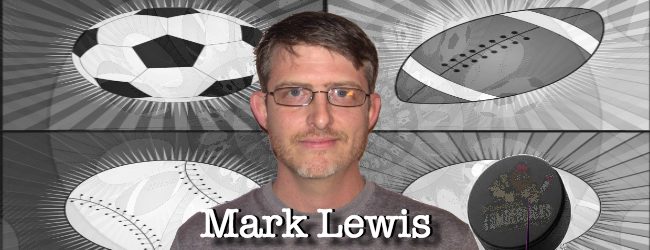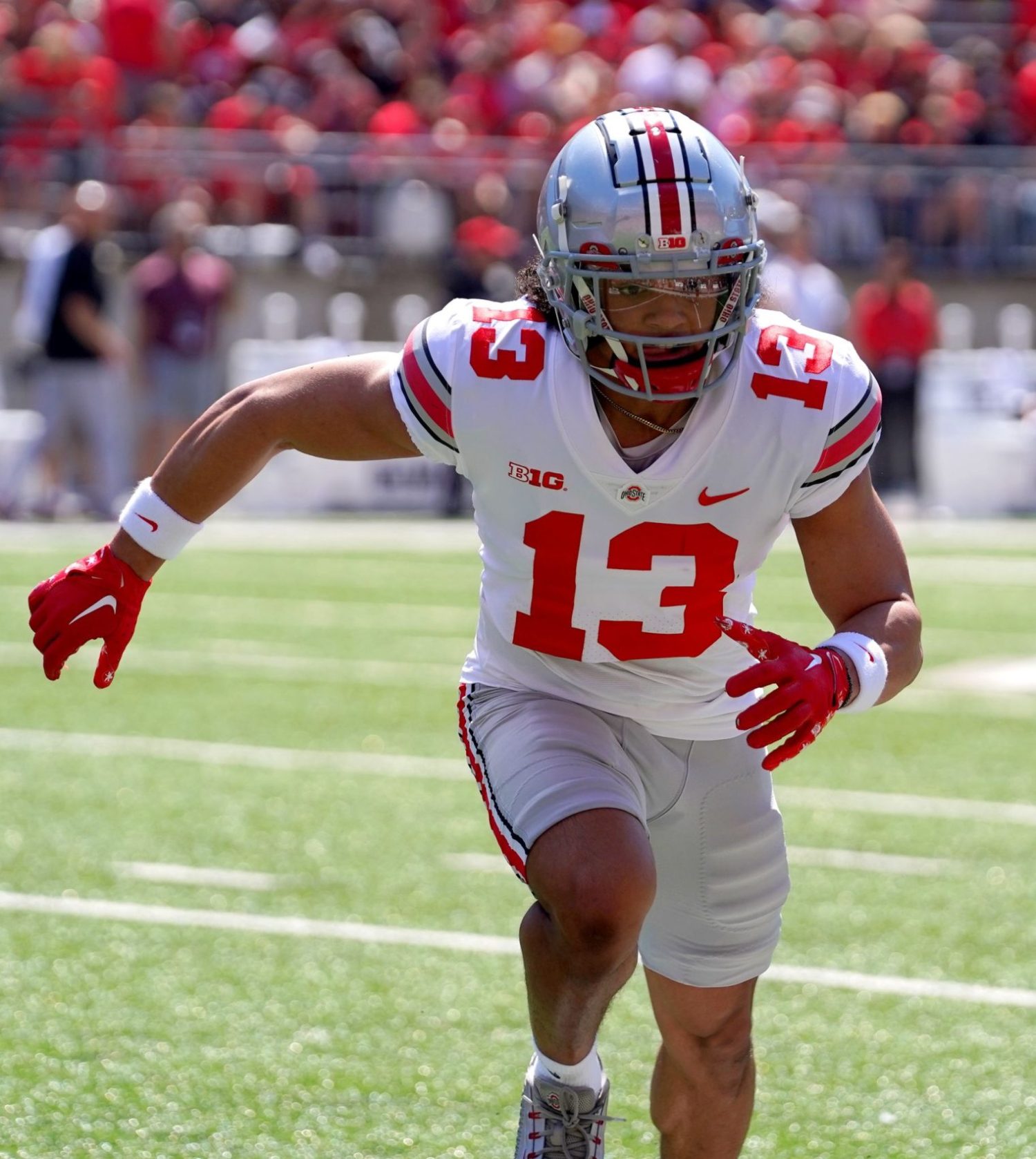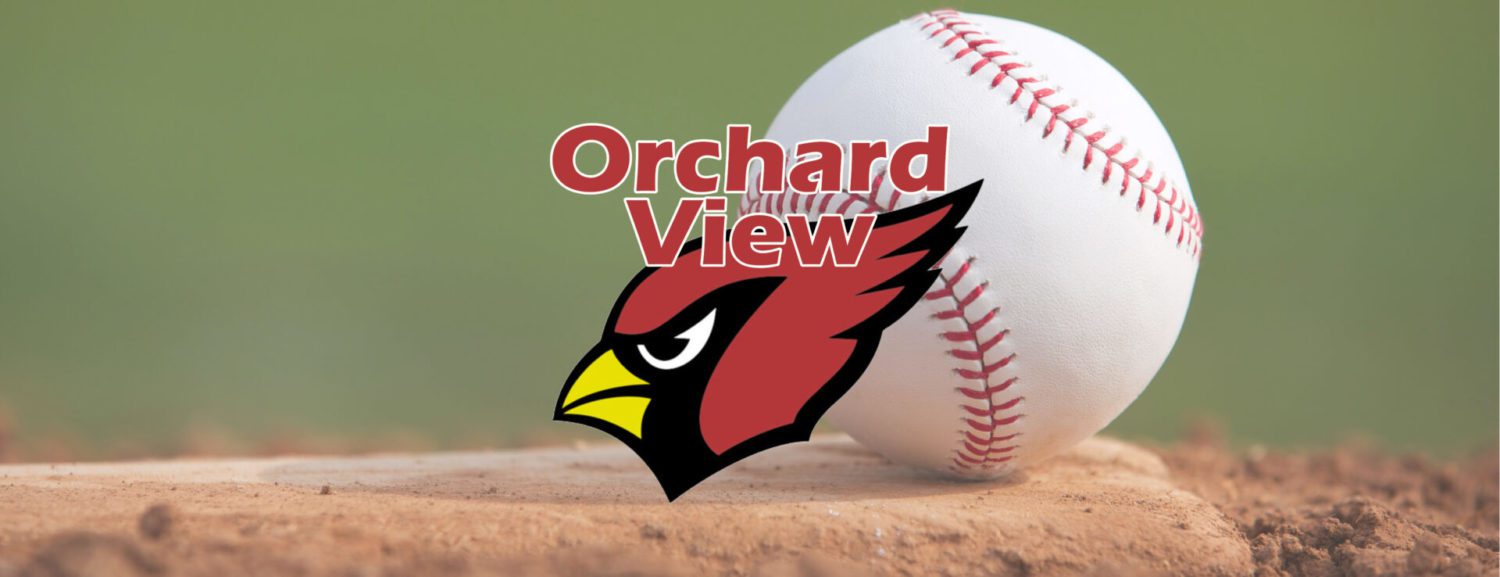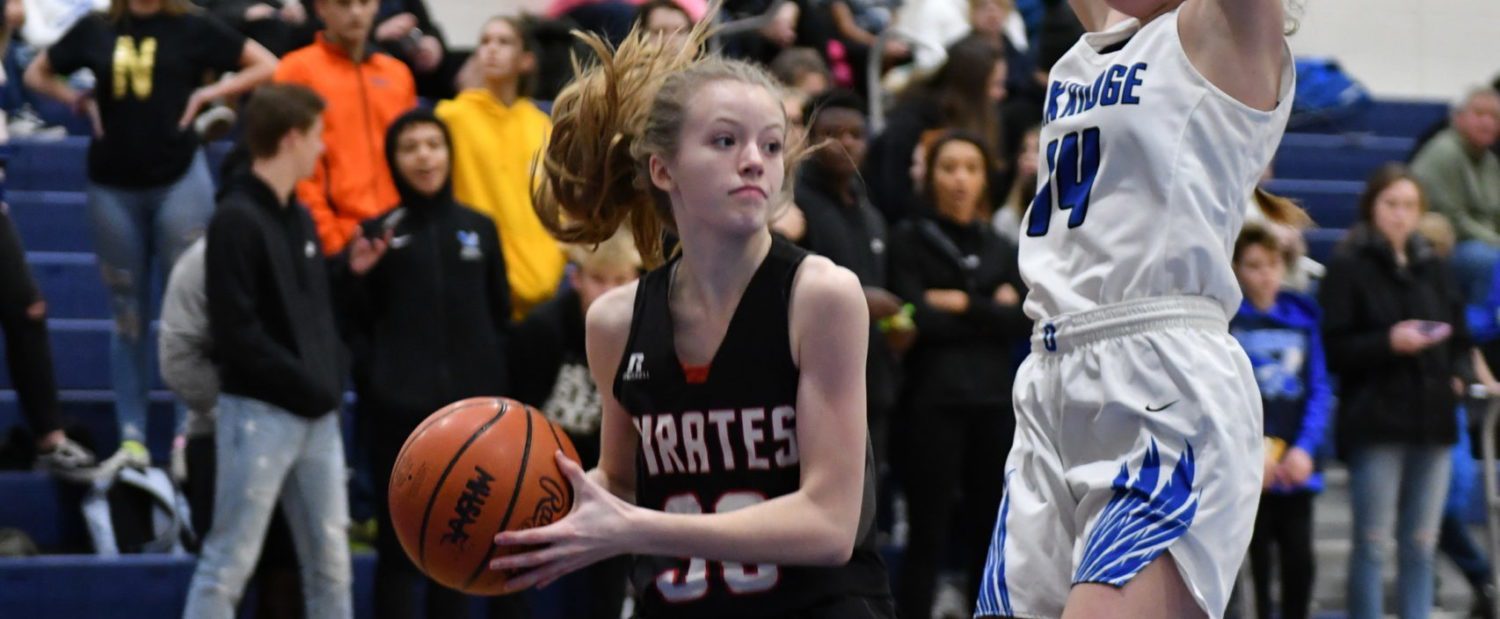What I’m about to say will be shocking to most people. It’s shocking to me, and would have been – last year at this time – completely contrary to what I now think.
It’s time to pay the players. All the players. Even high school student-athletes, to some degree.
Because if we don’t start paying them, something even more disastrous is going to happen.
Let me explain.
Imagine a crisis striking minutes before the 2016 FBS Championship game – which now will be the culmination of a playoff – when officials receive word that no one is leaving the locker room until the National Collegiate Athletic Association (NCAA) agrees to two demands:
First, it must create a payment plan for college players. The plan would provide all NCAA student-athletes with enough to live on, enough to buy groceries, books and other living expenses, and even enough for a little entertainment.
It wouldn’t be much but would make a world of difference for those student-athletes coming to our colleges and universities from the most disadvantaged communities this fine country has to offer.
But it’s the second demand that would hold real weight.
The players won’t take the field until there is equitable sharing of profits resulting from the sale of merchandise sporting their likenesses.
That means sharing the profits 50/50 for all those jerseys fans wear, all the posters and obnoxious Fatheads gracing the walls of kids throughout the land.
NCAA officials would hem and haw for a minute or so, but then relent when they realize that, well, the show MUST GO ON! I mean, who is going to pay THEM if there’s no game?
So they’ll super-duper promise to “establish a committee by which a system of compensation is explored by university presidents, athletic directors and the NCAA.”
Of course, it wouldn’t be long before public opinion and more-traditional forces (read: the ones with money) try to walk back the process, exploring other options less-satisfying for the players.
Hence, the whole situation would only get worse.
All four teams refusing to take the court for the NCAA basketball Final Four…
Or whole conferences shut down because no one will take the field for the conference opener…
Or the NCAA dissolves entirely, at the behest of the conference presidents, who in turn form super athletic conferences with the hopes of keeping the college sports gravy train moving down the tracks. But they would face the same problems as the NCAA, perhaps on an even grander scale, with play-stoppages suddenly occurring in every sport.
It would get so messy, many fans would turn away in disgust and spend our Saturdays raking leaves or going for walks in the woods.
What I’m saying is, the student-athletes would win. They hold all the cards and sooner or later they’ll realize it and take advantage of it.
It’s not hard to see this extending to high school sports, where filled-to-the-brim, $60-million high school football stadiums exist and jersey sales for various numbers reach thousands of dollars and beyond.
The logic remains: where there is profit for institutions tied to the likenesses of their athletes, it is nothing but exploitation if the athletes don’t get a cut.
We are no longer talking about asking students to sell candy bars and magazine subscriptions. They’re expected to produce big-time revenue through big-time exploitation.
Here’s what I would propose to do: all college student-athletes would be paid enough to live on (comparable to a 30-hour-per-week job, perhaps), financed by the oceans of money generated by college football and basketball. Everyone would be paid the same amount, thus discouraging inequalities in pay between schools or a system that encourages inequalities between teammates or sports.
I would also allow college student-athletes to get a significant cut of the revenue generated from the sale of their likenesses, and allow them to market their likenesses themselves. Student-athletes would kind of ‘lease’ their jersey numbers from schools while they are enrolled to wear them, and when they leave, they would continue to receive residual checks on sales of merchandise bearing their names and numbers.
For schools without names on the back of their football jerseys, like Notre Dame or USC, numbers would be leased for the life of their enrollments at those universities. They also should be allowed to charge appearance and autograph fees at the going rate.
As far as high school goes, while I would continue to maintain most of the current ‘amateur’ system – where no player is paid to play – any revenue generated from a particular jersey or other ‘athlete-specific’ merchandise would be split between the school and the player and his or her family. If the high school kid can arrange to host an autograph session, it would be his or her business.
I know it stinks that things have come to this point. No one finds the student-athlete ideal more appealing than I do. I am a high school track coach, so I am quite familiar with youngsters whose inspiring efforts are all but invisible to the rest of the community.
For me, that anonymity only does more to validate their extreme commitment. They do it because they love it.
But the specter of money in sports has created a monster so large and out of control, we will continue to find ourselves twisting and distorting what it means to be an amateur athlete until it no longer resembles anything close to what we actually want.
Right now we live in an illusory world where institutions take advantage of the student-athlete ideal, allowing them to strike a pose of purity while raking in huge amounts of money. One need look no further than the million-dollar salaries of college football and basketball coaches; the guys who preach ‘The Team, The Team, The Team’ before hightailing it out of town when another college waves an even bigger contract in front of their well-fed faces.
The student-athletes in question are well aware of this contradiction. And it’s only a matter of time before they do something about it.








